The results of two research papers on immersive learning environments have been published by IEEE Transactions on Learning Technologies – a major journal worldwide. The first work addresses the collaboration with the industry in the adoption of virtual reality technologies for training activities. The second advances a structural framework that allows, for example, education and training professionals to select examples of immersive learning application that are compatible with their pedagogical environment.
The papers Design and Evaluation of a Choreography-Based Virtual Reality Authoring Tool for Experiential Learning in Industrial Training and Educational Practices and Strategies with Immersive Learning Environments: Mapping of Reviews for using the Metaverse, featuring INESC TEC researchers, were published by IEEE Transactions on Learning Technologies.
The first research work aimed to validate a choreography-based solution for immersive learning environments in business contexts, allowing trainers to specify – directly in the virtual space – the technical actions they seek to provide as training, and to obtain records of the trainees’ performance. “We present a solution to specify technical interventions through demonstration, stored as virtual choreography of actions, independent of the simulation platform”, said Fernando Cassola.
According to the INESC TEC researcher, this solution allows companies to freely update their training content in virtual reality simulations, addressing good practices or needs in terms of learning plans improvement. “The solution we propose does not require the intervention of computer programmers to produce content, thus accelerating its generalisation and updating, in addition to making it less expensive”, he stated.
This solution gives trainers the possibility to specify, by demonstration, the actions that trainees should carry out, thus creating a virtual choreography. During a course, for instance, the activities of the trainees can also be recorded as virtual choreographies and combined with those that were specified by the trainer. Thus, the use of virtual choreographies independent of the simulation platform allows the technology to be updated, without losing the record of training plans, after adapting the semantics of the choreographies and not of each of the training plans.
Moreover, “it helps accelerating the process of interpreting what occurs or occurred in virtual reality based on training objectives, and not on technical computer parameters”. In this sense, Fernando Cassola explained that “virtual choreographies demonstrate their usefulness as enhancers of very flexible interaction and data analysis solutions, enabling the generalisation of immersive learning environments in business contexts and other large-scale organisations”. The prototype was developed in partnership with the company VESTAS Wind Systems, remaining in operation for internal training purposes, after a usability case study using detailed models of wind turbines and real-world procedures.
Immersive Learning Brain: a structural framework that enhances the use of immersive learning
The second research paper presents a navigation and interpretation framework on the various research papers that exist on immersive learning environments. “Until now, the research results were hardly comparable, due to the huge diversity of pedagogical approaches in which the use of immersive environments took place”, explained Leonel Morgado, INESC TEC researcher – adding that obtaining the “notion of effectiveness or impact of immersive learning approaches” was not an easy exercise to perform via world research results, “due to the multiplicity of conditions”.
This way, the main goal of the research team was to create a structural framework of pedagogical approaches, organising them into three levels: actions, practices, and strategies. “Thanks to this framework – Immersive Learning Brain – it is possible to identify clusters of practices and strategies, as well as the papers that attest them; hence, one is able to quickly identify the knowledge for types of approaches similar to each other”, explained the researcher. Moreover, clusters make it easier to visualise, navigate and interpret this area of research.
In this case, paper’s results will allow education and training professionals to select application examples compatible with their pedagogical contexts; it can also help researchers to select prior knowledge with coherent criteria, thus defining the challenges; moreover, it also enables the identification of similar approaches between spread papers, towards more solid results on their effectiveness or effects. “The conceptual framework we’ve developed reinforces our contribution to the development of immersive learning, as well as our ability to present scientific results with strong support and structure”, concluded Leonel Morgado.
In addition, the work developed can be used to structure other areas of learning, from other sectors, that may face the same limitations. The results are also available as datasets on the INESC TEC repository. The interactive 3D visualisation of the results is currently under development, and it will be published this year on the Immersive Learning Research Network website.
The INESC TEC researcher mentioned in this news piece – Leonel Morgado – is associated with UAb.


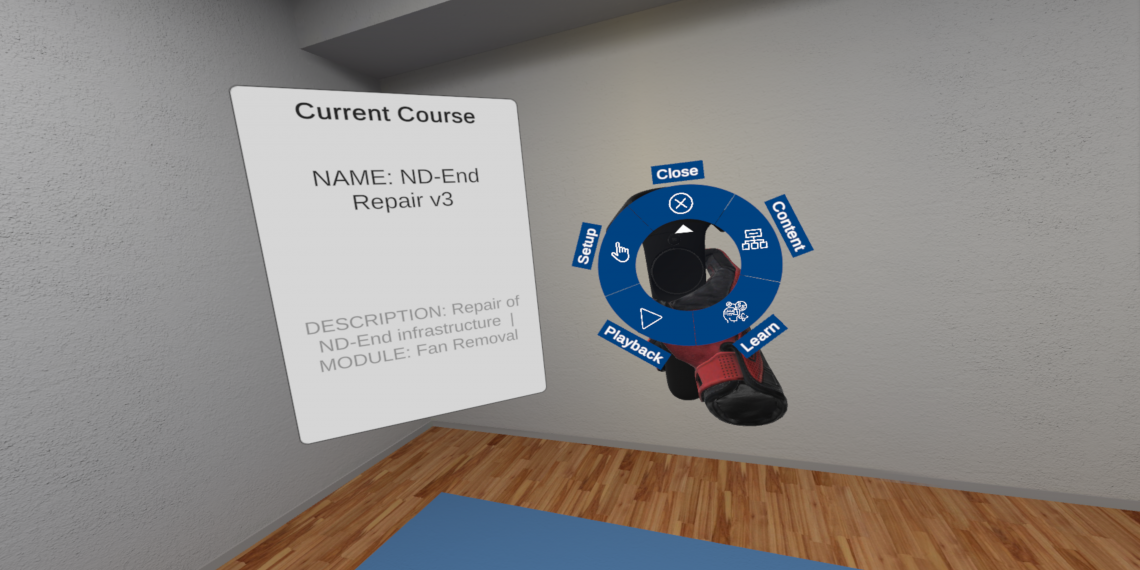
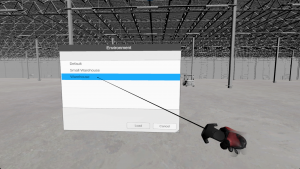
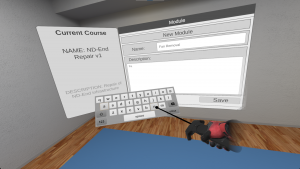
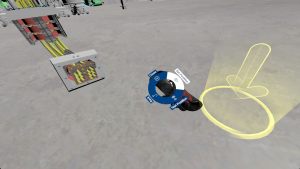
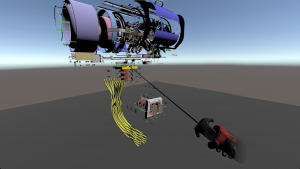

 News, current topics, curiosities and so much more about INESC TEC and its community!
News, current topics, curiosities and so much more about INESC TEC and its community!